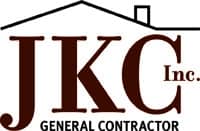Molds are a part of the living environment, and only a fraction of molds are harmful to human health.
In the great outdoors, mold growth is an essential part of nature. It helps break down dead organic matter such as trees and leaves. However, indoor mold growth should be avoided.
Every home has thousands of mold spores, even though we can’t always see them. You need not worry about these spores unless they get wet. It’s only when mold is fed moisture that it starts to grow, especially in dark places.
The most common places for mold: bathrooms, under the kitchen sink, laundry rooms, around hose bibs and attics.
Most often, mold affects infants and the elderly, whose immune systems are not at full strength. Those with asthma, allergies or lung-related health problems are also susceptible.
If you suspect a mold problem and would like a professional to investigate, contact your local indoor air quality specialists.
















